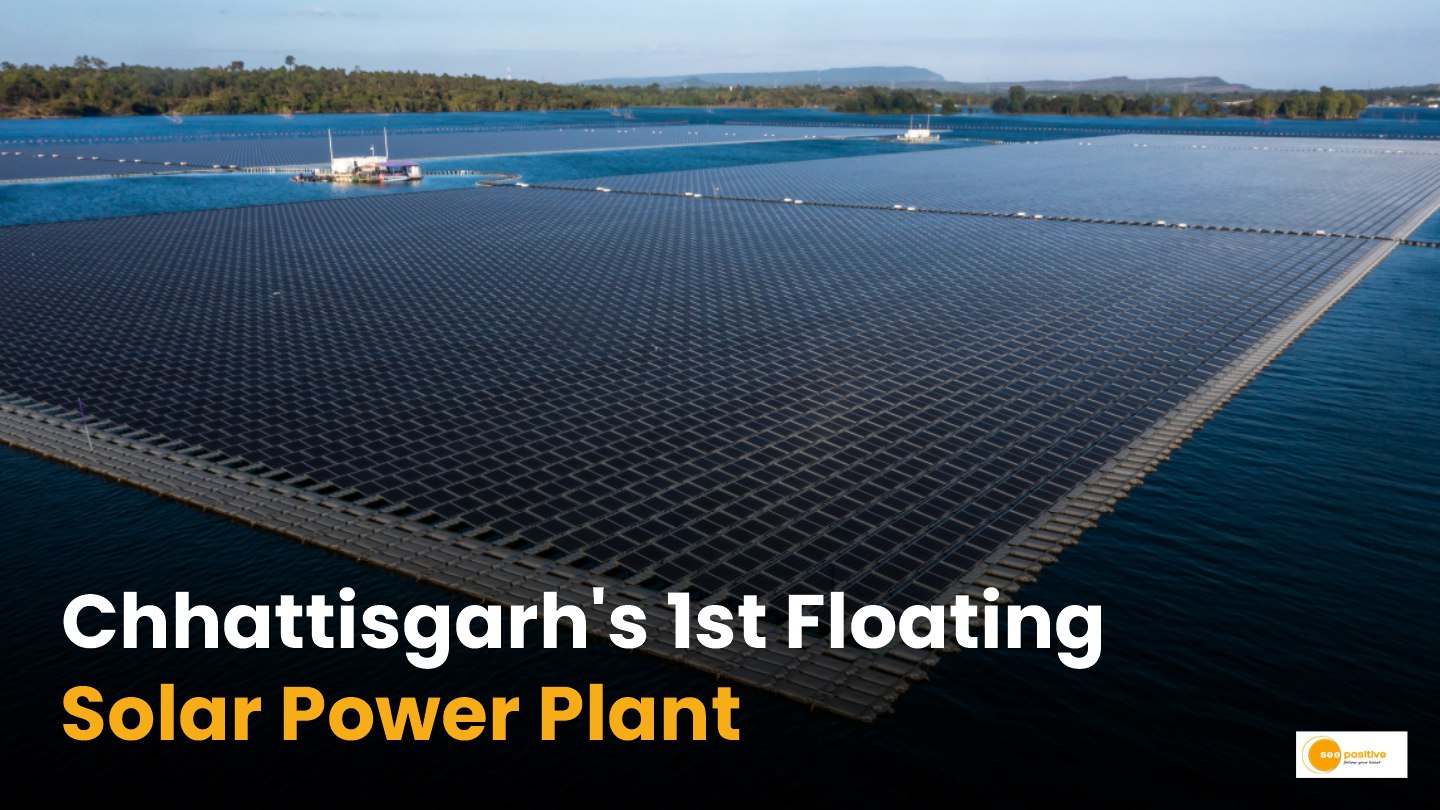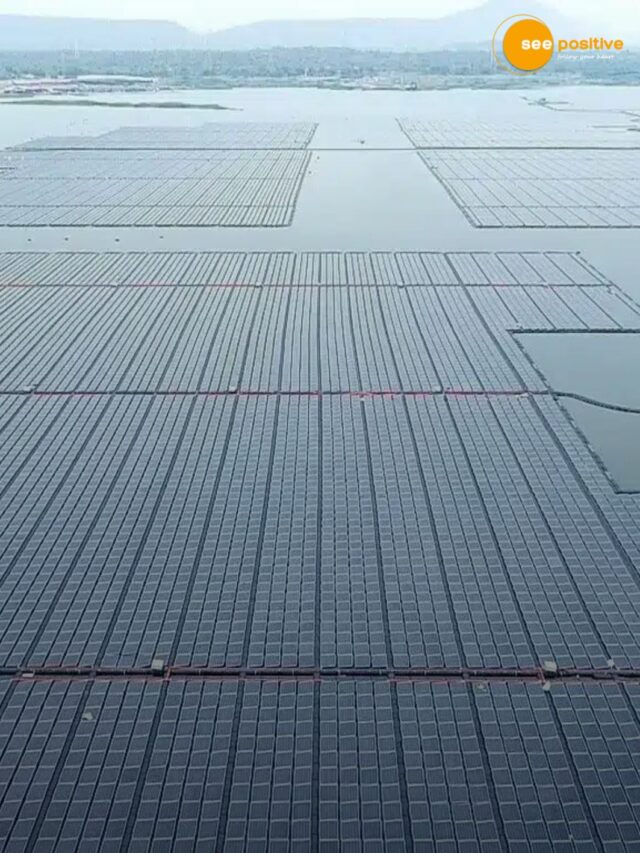In a groundbreaking move towards sustainable energy, Chhattisgarh has officially inaugurated its first-ever floating solar power project. This is a significant milestone in the state’s green energy journey. The 15-megawatt Floating Solar Plant is commissioned at the Maroda-1 Reservoir in Bhila. It marks an important step in the state’s transition to renewable energy, with potential environmental, economic, and societal benefits. This project, a collaboration between NTPC, SAIL, and NSPCL (NTPC-SAIL Power Supply Company Limited). It is not only a technological marvel but also a significant contributor to the reduction of carbon emissions and resource conservation.
Bhilai’s Landmark Floating Solar Power Project
Chhattisgarh’s First Floating Solar Power Plant
The first floating solar power plant, located at the Maroda-1 Reservoir of Bhilai Steel Plant (BSP). This monumental achievement brings with it a host of environmental benefits. And the promise of a greener future for the state. The floating solar plant, spanning 80 acres of the Maroda reservoir, was built with an investment of Rs. 111.35 crore and will generate approximately 34.25 million units of clean electricity annually. This clean energy will be used as captive power for the Bhilai Steel Plant. In turn helping the plant reduce its dependence on traditional, non-renewable energy sources.
A Vision for Green Steel
The floating solar power project aligns perfectly with SAIL’s vision of promoting Green Steel. BSP is one of the most prominent steel manufacturing units in India. The unit has always been a pioneer in terms of innovation and sustainability. As part of its overarching goal to reduce emissions, the Bhilai Steel Plant expects to save around 28,400 tons of CO2 annually. Additionally, the project will save nearly 23,000 tons of coal each year. These impressive reductions in carbon emissions and coal consumption directly support India’s climate goals. Also showcasing how large public sector undertakings (PSUs) are taking responsibility in the fight against climate change.
Harnessing the Power of Water: The Maroda Reservoir
Chhattisgarh’s First Floating Solar Power Plant
The Maroda-1 Reservoir, serves as a key water source for both the Bhilai Steel Plant and the surrounding township. The reservoir covers an area of 2.1 square kilometers. With its substantial water storage capacity of 19 cubic millimeters (MM3), the reservoir is an ideal site for deploying floating solar technology. Floating solar plants are particularly advantageous in such settings. It is so because they help in reducing water evaporation, a critical issue in large reservoirs.
Job Creation and Regional Development
Chhattisgarh’s First Floating Solar Power Plant
Beyond environmental benefits, the floating solar plant also holds potential for regional economic development. The construction and maintenance of the plant are expected to generate new employment opportunities in the region, particularly in the fields of renewable energy technology, engineering, and operations. As India continues to embrace renewable energy, such projects will play an important role in creating a green economy that provides long-term employment opportunities while reducing environmental impact.
A Green Future for Chhattisgarh and Beyond
Chhattisgarh’s First Floating Solar Power Plant
By embracing cutting-edge solutions like floating solar, public sector enterprises like NTPC, SAIL, and NSPCL are setting the stage for a future powered by clean, renewable energy. The Bhilai project is a testament to the fact that green energy is not just a vision, but a practical, achievable goal for India’s industrial heartlands.
Read More: https://seepositive.in/travel-and-tourism/top-5-places-to-visit-in-chhattisgarh/



